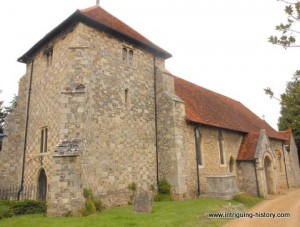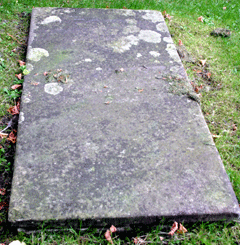With the excitement of the possible discovery of Richard III’s final resting place, under a car park in Leicestershire, attention has turned to the mystery of the final resting place of one of England’s most loved Kings, King Alfred the Great.
The Anglo-Saxon Chronicle for the year 899 simply states:
“In this year King Alfred died on 26th October.”
William of Malmesbury records that Alfred was first buried in the Cathedral, that is The Old Minster, because his monastery, the New Minster, was unfinished
There they remained until Bishop William Giffard removed the New Minster to Hyde, in 1110.
There was a procession of monks from the New Minster to Hyde Abbey, carrying the remains to be reburied. Alfred, Queen Alswitha and Edward were buried before the high altar of the new church.
Hyde Abbey then underwent considerable turmoil, through the civil wars between King Stephen and Matilda when the suburbs of Hyde were destroyed, then during the Reformation, when Henry Wriothsley determined that the Abbey church would be ridden of all its possible ‘idolatory bones’ and the church was pulled down but whether the royal graves were disturbed is not known for sure.
Part of the ruins of Hyde Abbey were purchased in 1787-88 by the County and were dug in 1788 to build the New Gaol, the County Bridewell. Stone coffins and a variety of artifacts were found and anything of value was stolen. The outline of the church was found and the site of the high altar identified, where, according to Page, the Keeper of the Bridewell, a great stone coffin was found.
At the end of C19th, an archaeological dig took place and bones were removed from the site and buried in an unmarked grave in St Bartholemew’s churchyard Hyde, close to the position of Hyde Abbey.
So the question remains, following this exhausting trail of scattered bones, just whose bones ended up in the unmarked grave at St Bartholemew’s remains a mystery but with the advancement of DNA analysis, it will be possible to compare them with King Alfred’s grand-daughter, whose bones have been examined in Germany and see if a relationship can be determined.
In order for this to be done the church will be applying for permission to exhume and study the bones. Whether the bones are ‘royal’ or not, they will be formerly recognized and be given a memorial, rather than be left in the unmarked grave as they are at present.


